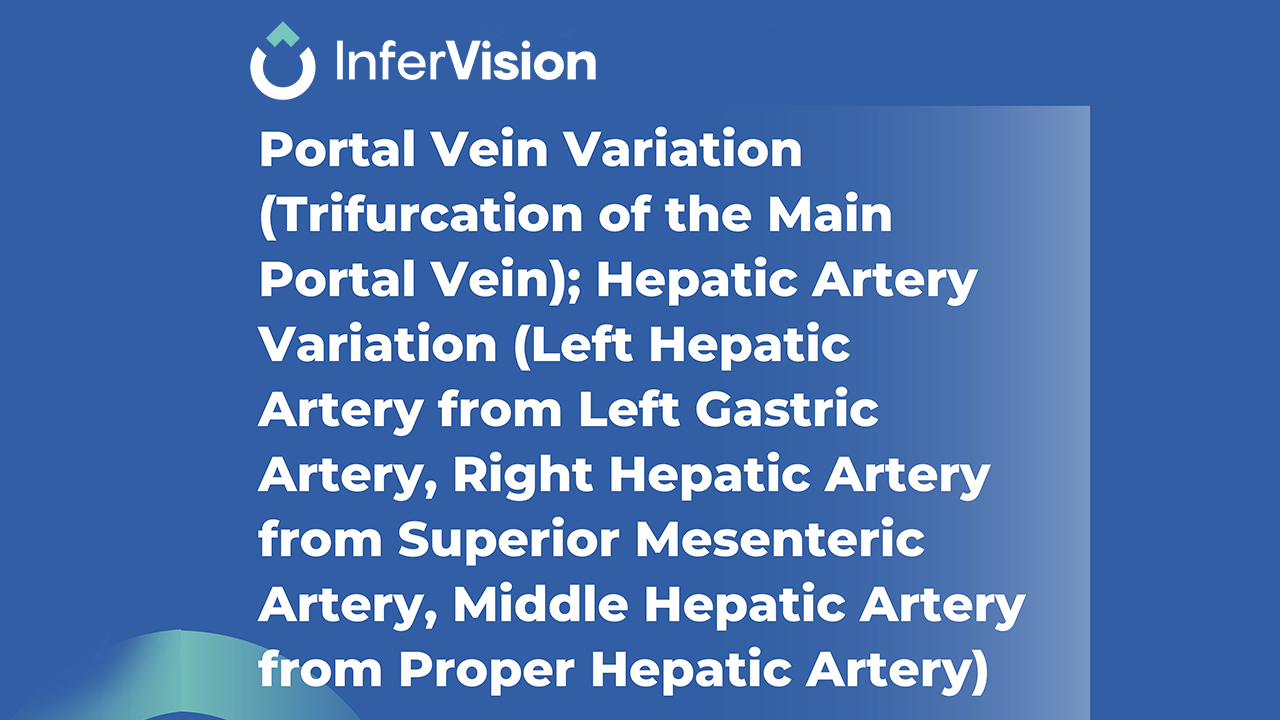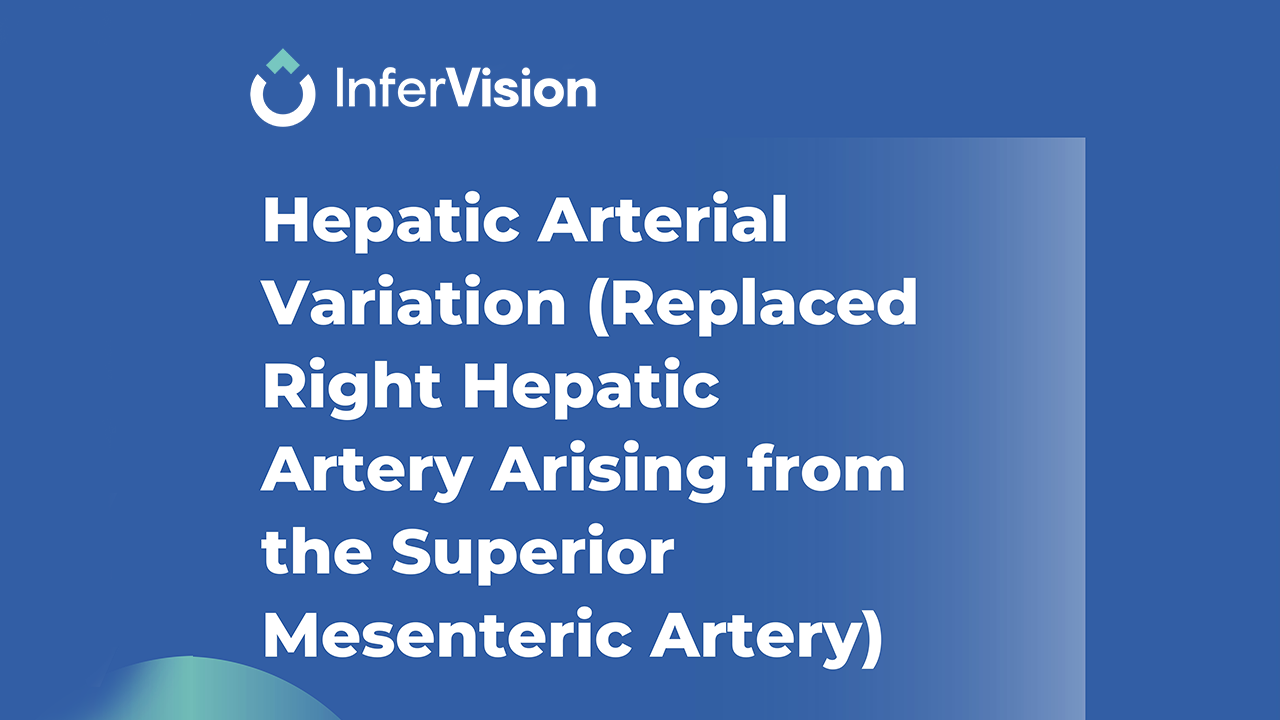Introduction
The Philippines, an archipelago of 7,641 islands, faces significant healthcare challenges, particularly in remote areas. Limited accessibility, inadequate infrastructure, and a shortage of medical expertise and supplies hinder the delivery of essential healthcare services. These challenges are exacerbated by the prevalence of water and airborne diseases, which can rapidly spread in close-knit communities.
Accessing medical help and devices is extremely difficult for villagers in remote areas of the Philippines. They face a multitude of obstacles, including:
Geographic Isolation: Many villages are located in mountainous or island regions, making travel to hospitals or clinics challenging and time-consuming. Transportation options are often limited and unreliable.
Poverty: Many villagers live in extreme poverty and cannot afford transportation costs or medical expenses.
Lack of Healthcare Facilities: Rural areas often lack adequate healthcare facilities, with few or no hospitals, clinics, or pharmacies.
Shortage of Healthcare Professionals: There is a shortage of doctors, nurses, and other healthcare professionals willing to work in remote areas.
Limited Medical Supplies and Equipment: Even when healthcare facilities exist, they may lack essential medical supplies, equipment, and medications.
Poor Infrastructure: Roads, bridges, and communication networks may be developed, hindering access to healthcare services.
Mission Overview and Opportunity:
To address these challenges, a medical mission was launched in partnership with Harvard University, Partners in Health, and InferVision. The mission aimed to screen villagers in remote locations for chest and lung-related health issues, provide immediate treatment when possible, and refer patients to specialists for further care when necessary.

The Game-Changer: The InferAir Mobile X-Ray AI-assisted Detection Scanner
InferVision was pivotal in the mission's success by deploying its InferAir, an AI-powered, ultra-portable X-ray solution. InferAir's lightweight design and offline capabilities are ideal for remote areas with limited resources. InferAir combines two game-changing advancements in TB screening technology – AI-powered computer-aided detection (CAD), InferRead, and ultra-portable chest X-ray, designed for deployment in remote regions and resource-limited settings.
Weighing just 25kg, a fraction of traditional X-ray equipment, InferAir can accurately screen up to 400 people for TB per day while operating without access to the internet or electricity- a crucial challenge in rural Philippines. InferAir is designed to be efficient, with the chest X-ray images taken automatically interpreted by AI to provide a comprehensive analysis within 10 seconds, indicating whether someone should receive further diagnostic testing for TB. Detection stations can be set up quickly and easily, with the machines taking less than 5 minutes to be ready, and data can be stored locally or on the cloud once there is an active Internet connection.
These cutting-edge tools enabled radiographers and medical professionals to diagnose tuberculosis and other lung diseases in real-time. The ability to obtain and corroborate diagnoses within 10 minutes on-site was a game-changer, as traditional methods often required sending results to distant hospitals, causing significant delays in diagnosis and treatment.
These cutting-edge tools enabled radiographers and medical professionals to diagnose tuberculosis and other lung diseases in real-time. The ability to obtain and corroborate diagnoses within 10 minutes on-site was a game-changer, as traditional methods often required sending results to distant hospitals, causing significant delays in diagnosis and treatment.

Impact and Outcomes
The medical mission, empowered by InferVision's technology, uncovered the following results in two remote villages using InferAir equipment and was able to treat them promptly. The mission was held in March Village, Sulangan, and Botigues on Bantayan Island, Cebu. In total, 130 villagers were tested, and 102 were flagged with risks or occurrences of lung abnormalities or tuberculosis. The medical mission brought relevant medicines and was able to diagnose and treat the villagers, with those requiring further treatment sent to a nearby medical facility.
78% of villagers were diagnosed and treated as a result of this medical mission
Stakeholder Perspectives


Conclusion
InferVision's InferAir mobile X-ray detection technology has proven to be a game-changer in delivering healthcare to remote areas of the Philippines. By providing accurate, accessible, and portable diagnostic capabilities, it has enabled medical missions to overcome significant logistical barriers and provide timely, life-saving care to underserved populations. The success of this mission highlights the potential of innovative technologies to transform healthcare delivery into challenging environments and improve health outcomes for all.






